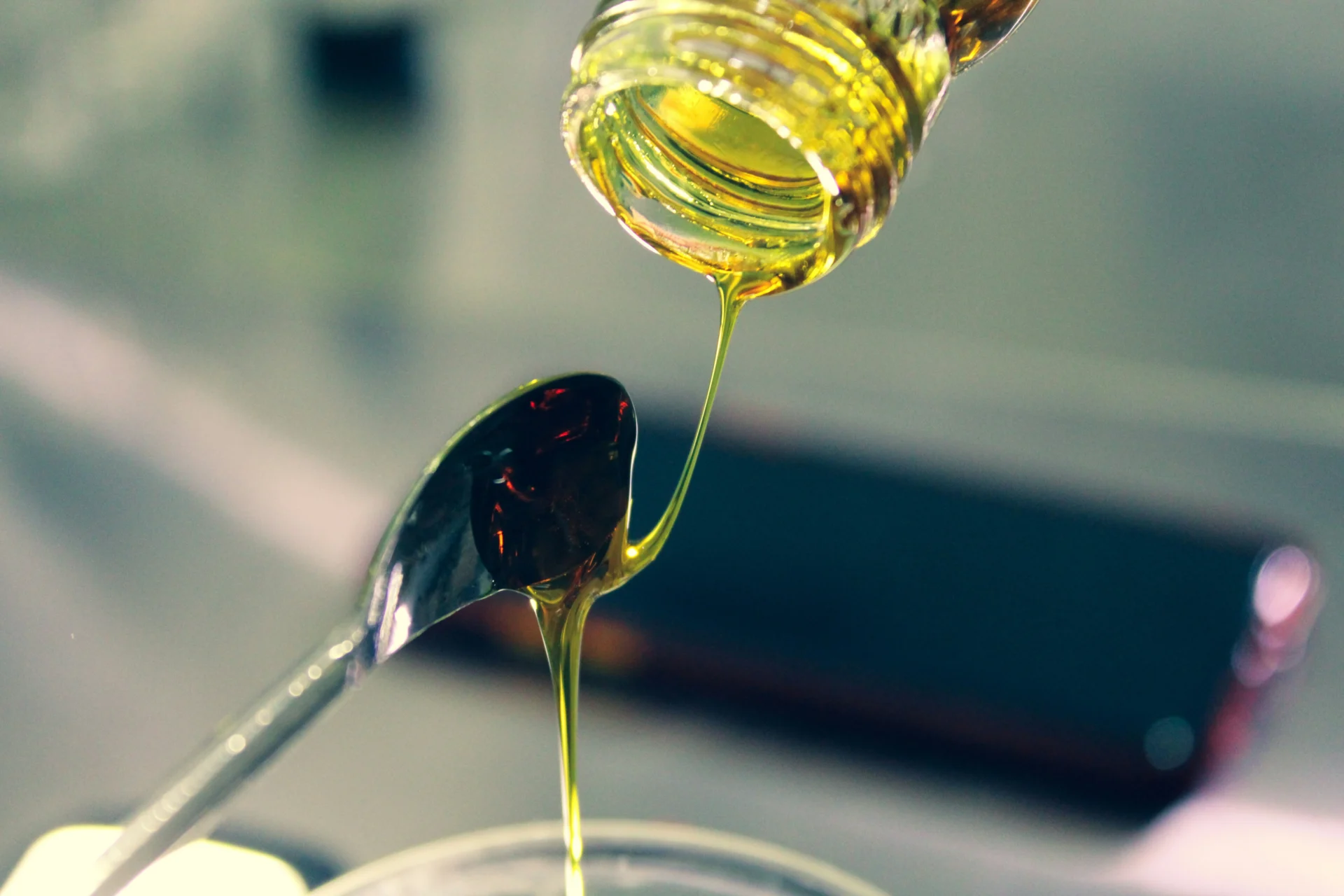Isoreserpine, a chemical compound derived from the roots of certain plants, plays a significant role in the field of medicine. This compound is commonly utilized in the production of medications for the treatment of various health conditions, particularly hypertension and mental health disorders. Its ability to act as a tranquilizer and a blood pressure-lowering agent makes it a vital component of many pharmaceutical products. As such, Isoreserpine directly impacts the well-being and quality of life of individuals around the world who rely on these medications to manage their health conditions effectively.
Table of Contents:
- 💡 Commercial Applications
- ⚗️ Chemical & Physical Properties
- 🏭 Production & Procurement
- ⚠️ Safety Considerations
- 🔬 Potential Research Directions
- 🧪 Related Compounds
💡 Commercial Applications
Isoreserpine, a chemical compound derived from the plant Rauwolfia serpentina, has various commercial and industrial applications. It is primarily used in the pharmaceutical industry as a key ingredient in medications designed to treat hypertension and mental health disorders. Additionally, Isoreserpine is utilized in the production of pesticides and herbicides due to its potent properties.
In the realm of drug and medication applications, Isoreserpine is particularly valued for its ability to lower blood pressure by blocking certain neurotransmitters in the brain. This makes it a crucial component in medications prescribed for the treatment of high blood pressure. Furthermore, Isoreserpine is often included in medications used to manage symptoms of schizophrenia, bipolar disorder, and other mental health conditions, as it helps regulate certain brain chemicals.
Overall, Isoreserpine plays a significant role in both the pharmaceutical industry and other industrial applications. Its diverse range of uses, from medication for hypertension to pesticides for agriculture, makes it a valuable compound with far-reaching impacts in various fields. Researchers continue to explore new potential applications for Isoreserpine, highlighting its importance in modern scientific and commercial endeavors.
⚗️ Chemical & Physical Properties
Isoreserpine is a crystalline compound with a white to off-white appearance and a slight odor. It is commonly used in the pharmaceutical industry for its ability to lower blood pressure and alleviate symptoms of mental illnesses.
The molar mass of Isoreserpine is approximately 608.71 g/mol, and its density is around 1.41 g/cm3. Compared to common food items like sugar (molar mass of 342.3 g/mol) and water (density of 1 g/cm3), Isoreserpine is heavier and denser.
Isoreserpine has a melting point of around 223-224°C and a boiling point of approximately 660-662°C. In comparison, common food items like butter (melting point around 32-35°C) and water (boiling point of 100°C) have much lower melting and boiling points.
Isoreserpine is slightly soluble in water and has a low viscosity. Compared to common food items like salt (high solubility in water) and honey (high viscosity), Isoreserpine falls in between in terms of solubility and viscosity.
🏭 Production & Procurement
Isoreserpin, a complex alkaloid compound used in the treatment of hypertension, is primarily produced through a series of chemical reactions starting from the precursor compound reserpine. Reserpine is first hydrolyzed to yield an intermediate compound, which is then further reacted under controlled conditions to form Isoreserpin. This synthesis process requires specialized equipment and expertise in organic chemistry.
Isoreserpin can be procured through pharmaceutical companies or specialized chemical suppliers that produce and distribute this compound. The procurement of Isoreserpin typically involves placing an order with the supplier, providing necessary documentation, and adhering to regulations governing the handling and transport of controlled substances. Due to the delicate nature of Isoreserpin, it is often shipped under strict temperature-controlled conditions to maintain its stability and potency during transportation.
Transportation of Isoreserpin is usually done using specialized carriers equipped with temperature-controlled storage facilities to ensure the compound remains stable and potent upon arrival. Proper documentation and labeling are essential to comply with regulatory requirements governing the transport of controlled substances. Due to the sensitive nature of Isoreserpin, extra precautions may be taken during transportation to prevent degradation or loss of efficacy.
⚠️ Safety Considerations
Safety considerations for Isoreserpin include the potential for skin and eye irritation, as well as harmful effects if ingested or inhaled. It is important to handle this compound with caution and to wear appropriate personal protective equipment, such as gloves and safety goggles, when working with it. Additionally, proper ventilation should be ensured to prevent the inhalation of vapors or dust particles.
Isoreserpin is known to be harmful if swallowed, causing irritation to the gastrointestinal tract and potential systemic effects. It may also be harmful if absorbed through the skin, leading to irritation or other adverse effects. In case of ingestion or skin contact, immediate medical attention is advised, along with informing medical professionals of the specific compound involved.
Precautionary statements for Isoreserpin include the need to keep the compound out of reach of children and pets to prevent accidental exposure. It is essential to store Isoreserpin in a secure, well-ventilated area away from heat sources or open flames. In case of a spill, appropriate measures should be taken to contain and clean up the substance safely, using absorbent materials and following proper disposal procedures. Personal protective equipment should be worn when handling Isoreserpin, and any contaminated clothing should be removed immediately and washed thoroughly before reuse.
🔬 Potential Research Directions
Potential research directions for Isoreserpin include further investigation into its pharmacological and therapeutic properties. Studies could focus on its potential benefits for cardiovascular health, including its anti-hypertensive and anti-arrhythmic effects. Researchers may also explore its potential uses in treating other conditions, such as anxiety, depression, and neurodegenerative diseases.
Additionally, research efforts could be directed towards elucidating the precise mechanisms of action of Isoreserpin within the body. By understanding how Isoreserpin interacts with biological pathways and molecular targets, researchers can optimize its therapeutic applications and potentially develop new drugs based on its structure and function.
Furthermore, studies may investigate the potential side effects, pharmacokinetics, and pharmacodynamics of Isoreserpin to ensure its safety and efficacy for clinical use. This could involve conducting preclinical studies in animal models and early phase clinical trials in humans to assess its tolerability, dosage range, and potential drug interactions. Ultimately, these research directions could contribute to a better understanding of Isoreserpin’s therapeutic potential and pave the way for its translation into clinical practice.
🧪 Related Compounds
One similar compound to Isoreserpin based upon molecular structure is Reserpine. Reserpine is an indole alkaloid compound found in the roots of the Indian snakeroot plant. Like Isoreserpin, Reserpine has been studied for its potential use in treating hypertension and certain psychiatric disorders due to its ability to inhibit the reuptake of neurotransmitters.
Another compound similar to Isoreserpin is Alseroxylon. Alseroxylon is a natural product derived from the roots of the Rauvolfia benthiam plant. It shares a similar molecular structure to Isoreserpin and has been investigated for its potential therapeutic properties in treating high blood pressure and mental health conditions.
A third compound with a molecular structure comparable to Isoreserpin is Alstovenine. Alstovenine is an alkaloid compound found in the bark of the Apocynaceae plant family. Like Isoreserpin, Alstovenine has shown promise in the treatment of cardiovascular diseases and certain neurological disorders. Research is ongoing to explore its potential use in modern medicine.








